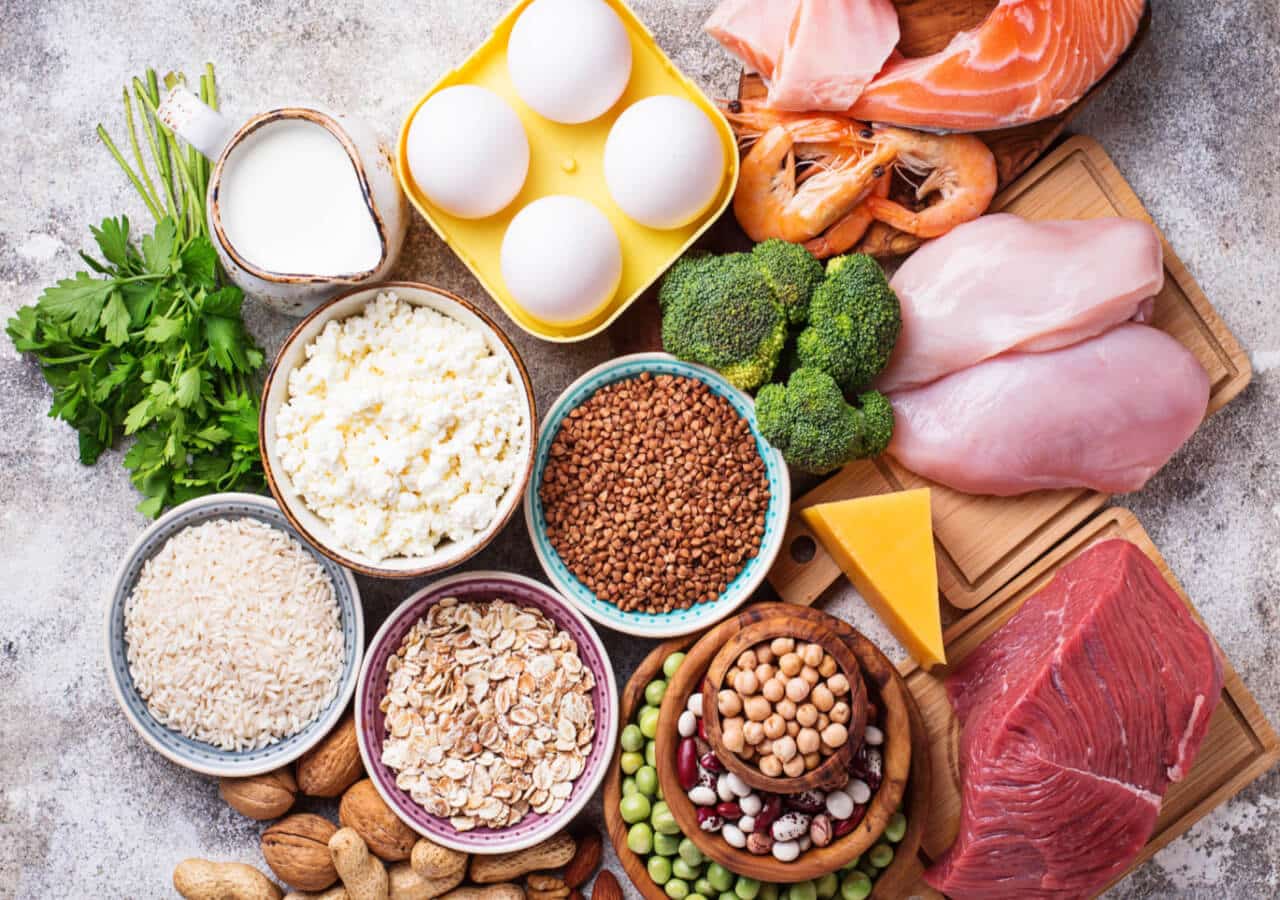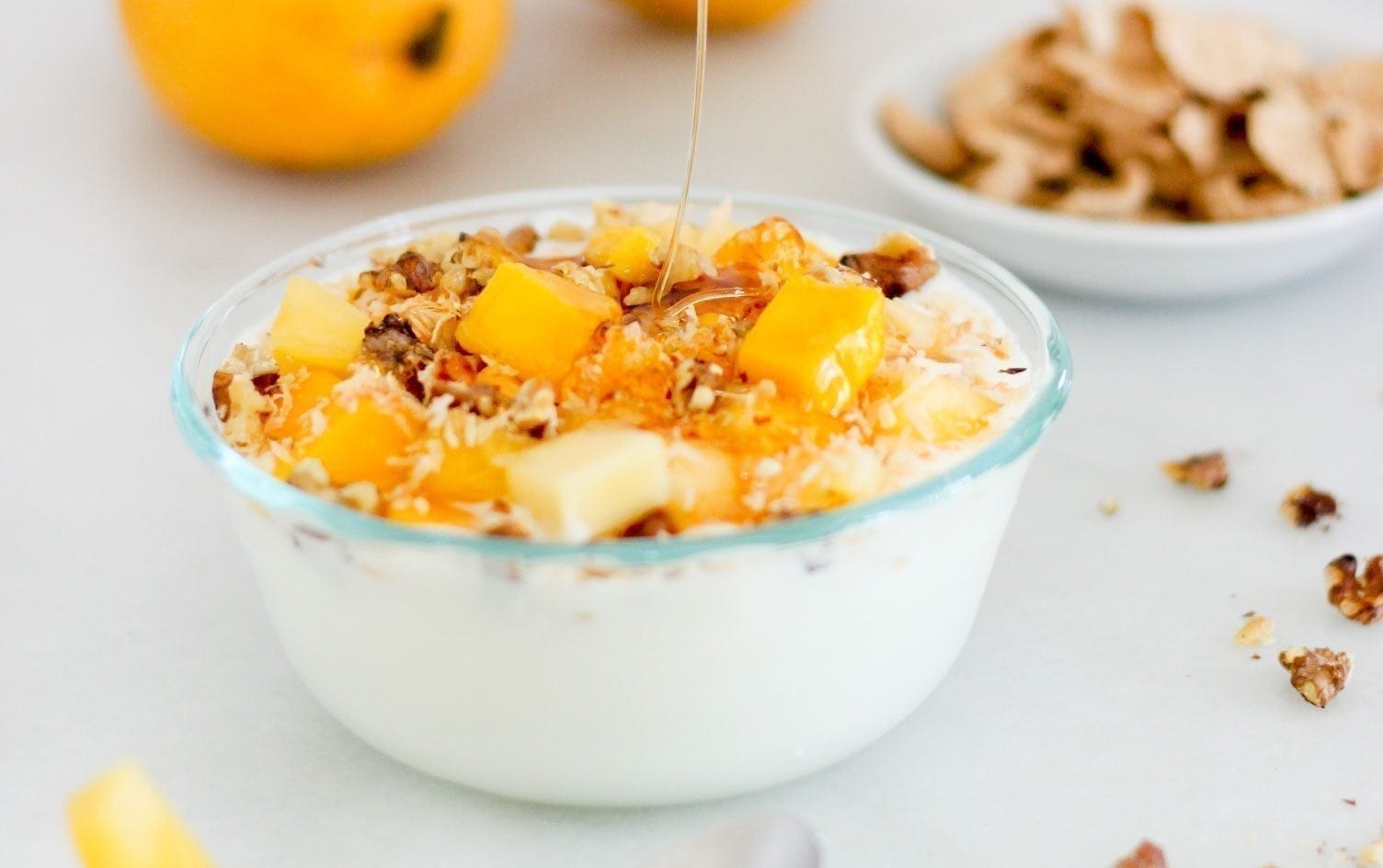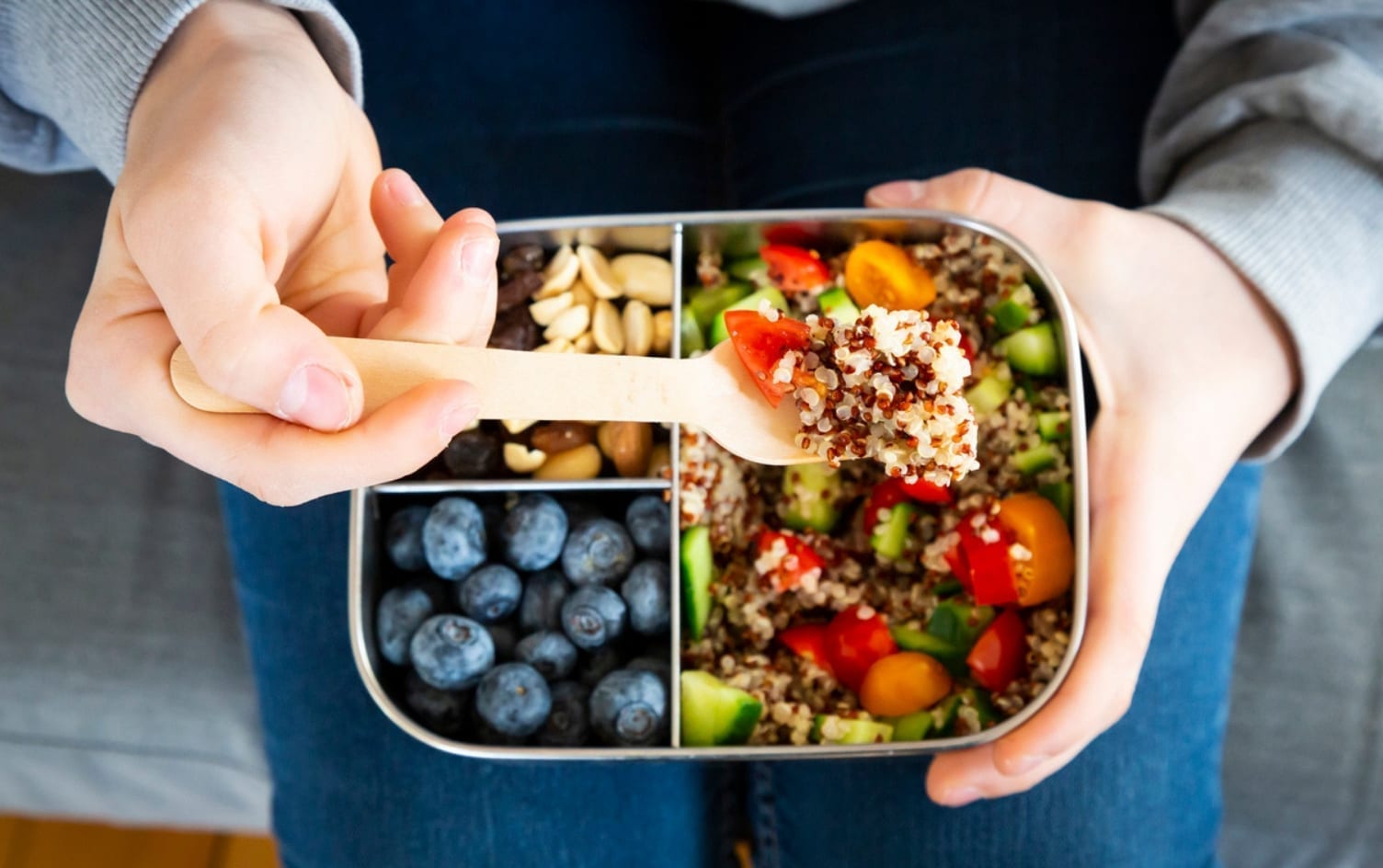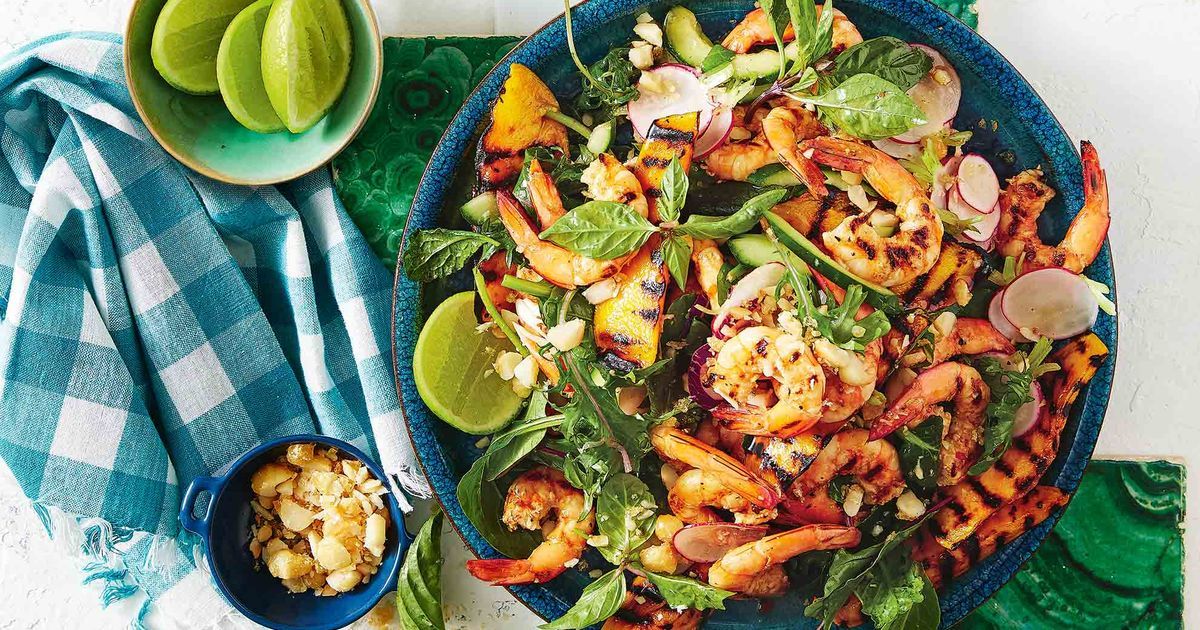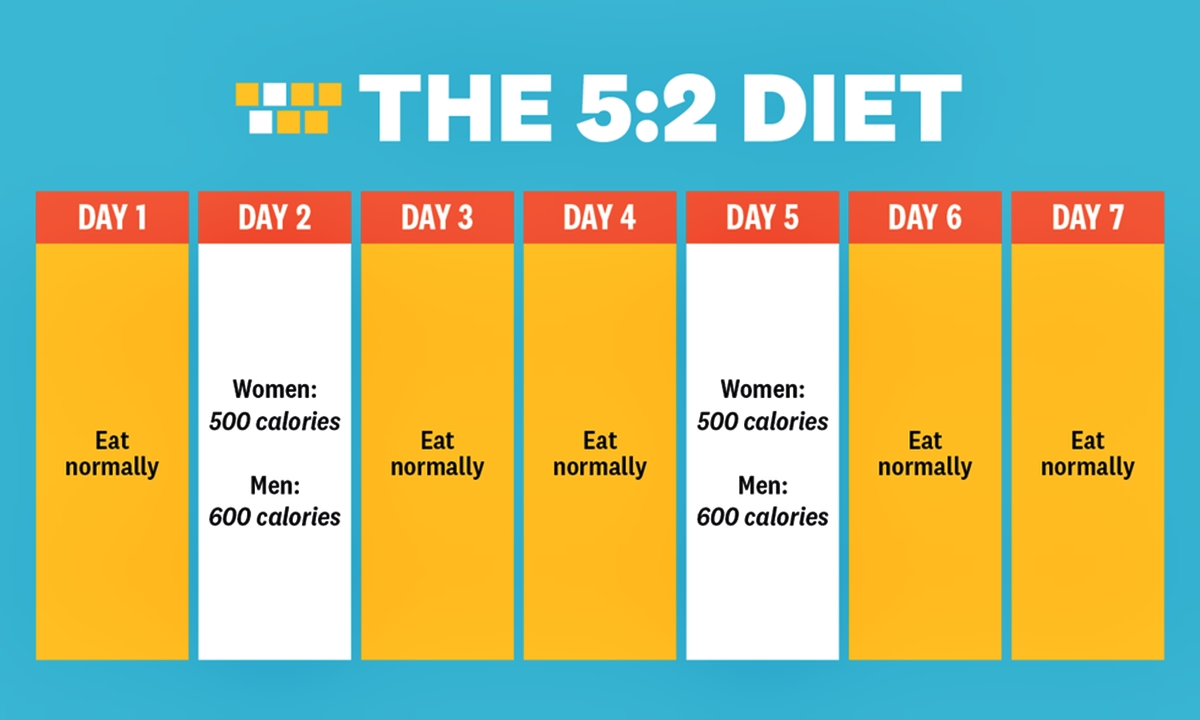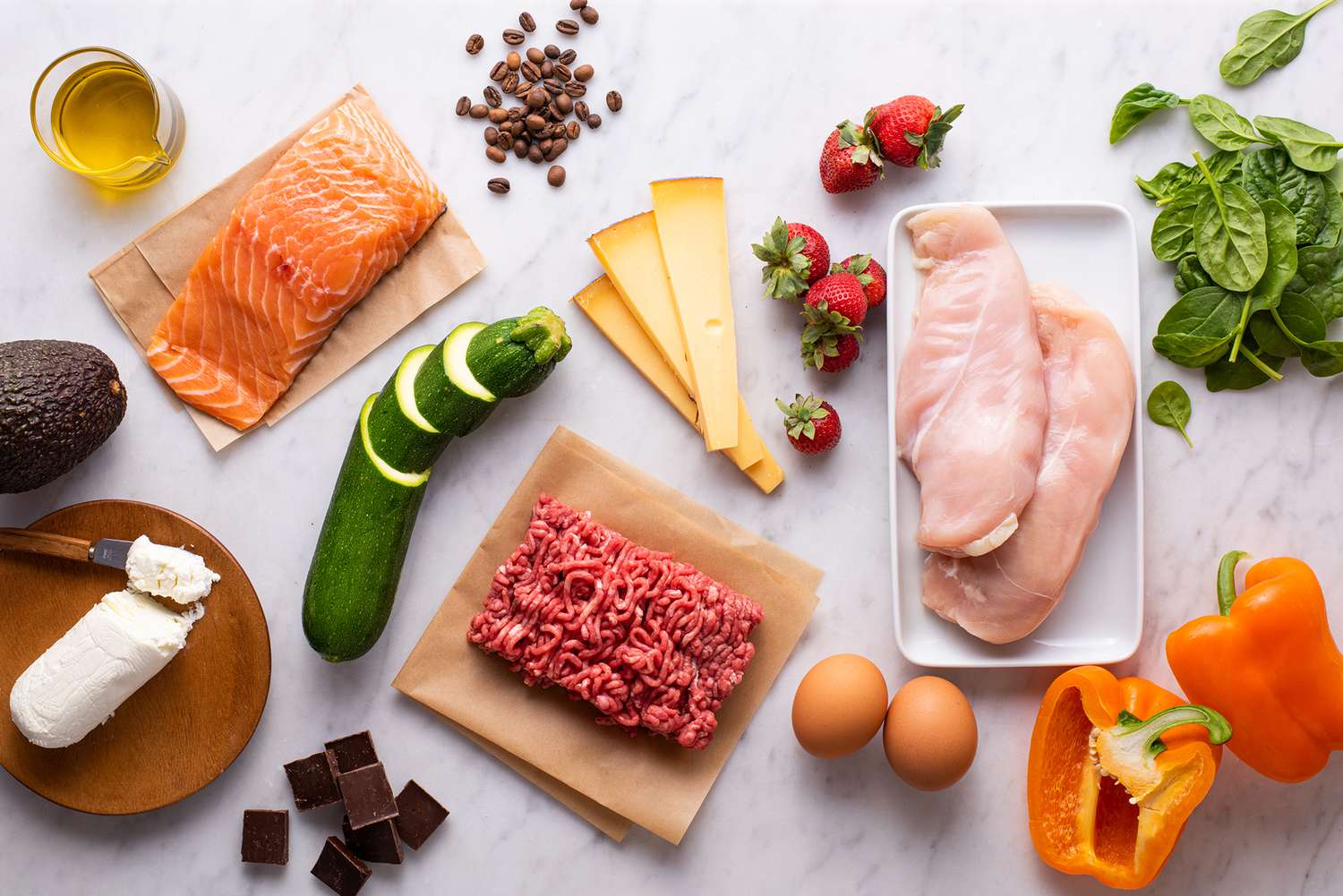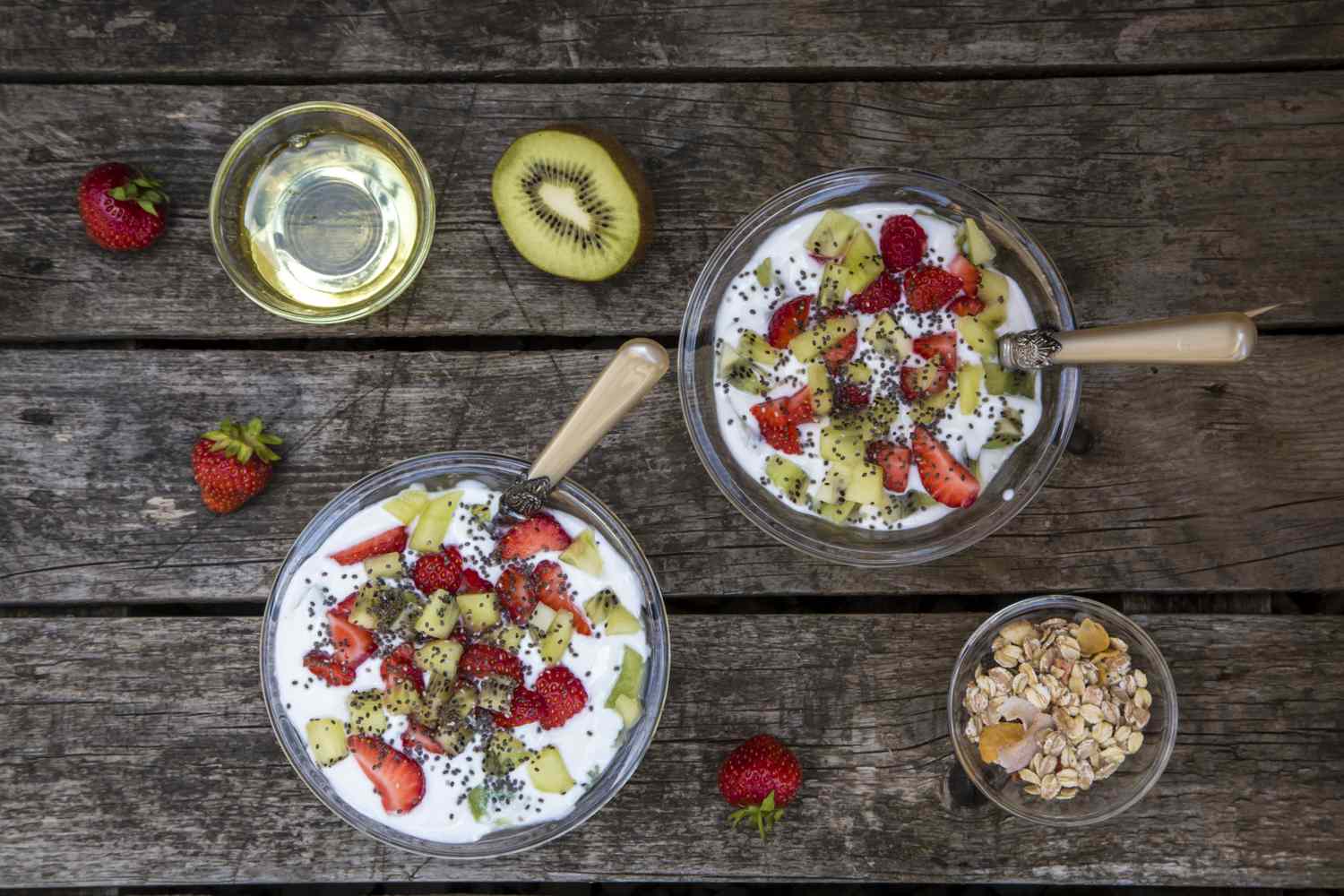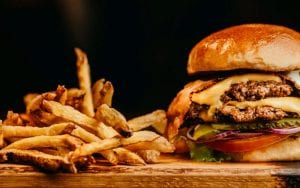How to Enjoy a 500-Calorie Meal
When it comes to maintaining a healthy diet, portion control is key. Eating balanced meals that are around 500 calories can help you manage your weight and stay energized throughout the day. Here are some tips on how to create satisfying 500-calorie meals that are both delicious and nutritious.
Focus on Nutrient-Dense Foods
When planning a 500-calorie meal, it’s important to choose foods that are rich in nutrients. Opt for lean proteins such as chicken, turkey, fish, or tofu. These options are not only low in calories but also high in essential nutrients like protein, which can help keep you feeling full and satisfied.
Include a variety of colorful vegetables in your meal. Vegetables are low in calories and packed with vitamins, minerals, and fiber. They can add volume to your meal without significantly increasing the calorie count. Leafy greens, bell peppers, broccoli, and carrots are great choices to incorporate into your 500-calorie meal.
Don’t forget to include healthy fats in your meal. Avocado, nuts, seeds, and olive oil are excellent sources of healthy fats that can add flavor and richness to your dishes. While fats are calorie-dense, they are an essential part of a balanced diet and can help you feel satisfied after your meal.
Plan Your Portions
Measuring your portions can help you stay within the 500-calorie range for your meals. Using measuring cups, a food scale, or visual cues can assist you in controlling portion sizes. For example, a serving of protein such as chicken or fish should be about the size of your palm, while a serving of grains or starchy vegetables like rice or sweet potatoes should be about the size of your fist.
When it comes to vegetables, aim to fill half of your plate with non-starchy options like leafy greens and peppers. This can help you bulk up your meal with low-calorie, high-volume foods. Additionally, be mindful of the portion sizes of high-calorie ingredients like oils and dressings, as they can quickly add extra calories to your meal.
Choose Whole Foods
Opting for whole, unprocessed foods can help you create a balanced 500-calorie meal. Whole grains like quinoa, brown rice, and oats provide fiber and essential nutrients, making them a great choice for a satisfying meal. Processed foods, on the other hand, often contain added sugars, unhealthy fats, and extra calories, which can hinder your efforts to stick to a 500-calorie meal.
When selecting dairy products, choose low-fat or non-fat options such as Greek yogurt or skim milk. These options provide essential nutrients like calcium and protein without adding excessive calories to your meal. Similarly, when choosing snacks or condiments, opt for whole food options like fresh fruit, nuts, or homemade sauces and dressings to keep your meal within the 500-calorie limit.
Get Creative with Flavor
Creating flavorful meals can make sticking to a 500-calorie limit more enjoyable. Experiment with herbs, spices, and citrus juices to add depth and complexity to your dishes without adding extra calories. For example, a simple grilled chicken breast seasoned with herbs and a squeeze of lemon can be both delicious and satisfying.
Incorporate a variety of cooking methods such as grilling, roasting, steaming, and sautéing to enhance the natural flavors of your ingredients. By using different cooking techniques, you can create diverse and appetizing meals while keeping the calorie count in check.
Conclusion
Eating 500-calorie meals doesn’t have to be bland or restrictive. By focusing on nutrient-dense foods, planning your portions, choosing whole foods, and getting creative with flavor, you can enjoy satisfying and balanced meals while managing your calorie intake. Remember, it’s important to listen to your body’s hunger and fullness cues and adjust portion sizes as needed to meet your individual needs. With these tips, you can savor delicious 500-calorie meals that support your overall health and well-being.
